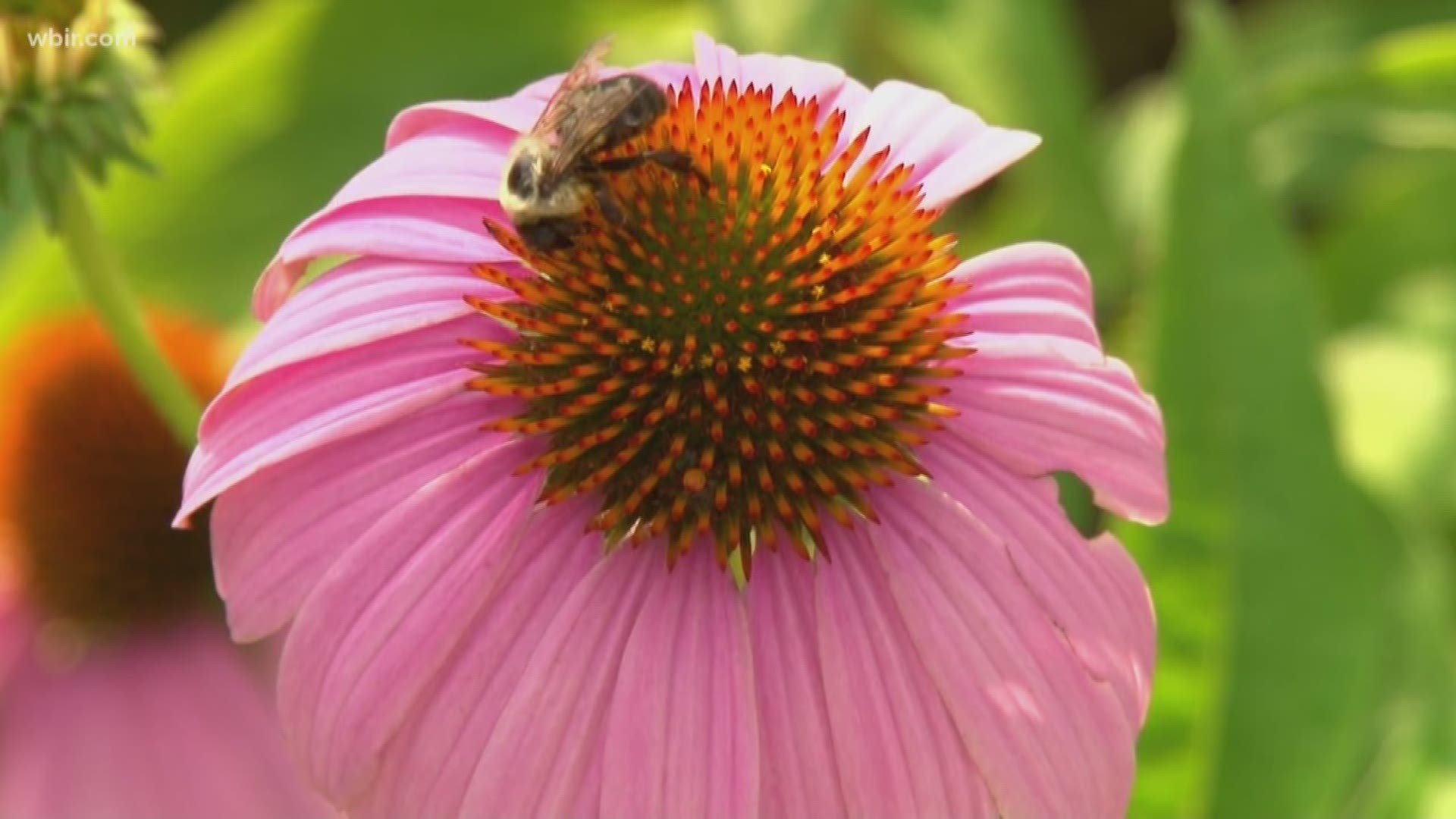A rare and beautiful wildflower that's native to Central Tennessee continues to make a resurgence
The Tennessee purple coneflower is being celebrated as a conservation success story. It was one of the first plant species to be added to the endangered species list, and in 2011 was removed the list and its numbers continue to climb.
While still at risk, the flower continues its thrive thanks to efforts by the TN Department of Environment and Conservation, National Park Service, Nature Conservancy and U.S. Fish and Wildlife Service.
"They've been really successful in Central Tennessee and now they have been taken off the endangered list. They are still very rare and still threatened from habitat loss," Leah McCord with Americorps Vista's office of sustainability said.
The reason it's so rare is because the flower adapted to only grow under the harsh, stony conditions found in the limestone-rich cedar glades of Middle Tennessee.
For years the species was thought to have gone extinct, but in 1968 a Vanderbilt professor and a graduate student accidentally stumbled across one at Mount View Cedar Glade. A few more were found, but the species numbered in the single digits.
In 1979, the species was added to the Endangered Species list, and conversation efforts to save the unique wildflower soon ramped up.
To turn the tide on saving the species, the Nature Conservancy purchased 950 acres of the glades in Davidson and Wilson counties back in 1984 and transferred the property to TDEC to own and manage as a State Natural Area.
More than two decades later, the flower had rebounded in numbers and was taken off the endangered species list. To celebrate the success, the Tennessee purple coneflower was named one of Tennessee's official state wildflowers in 2012.
Wildflowers like the coneflower play an important role in maintaining pollinator populations like bees.

